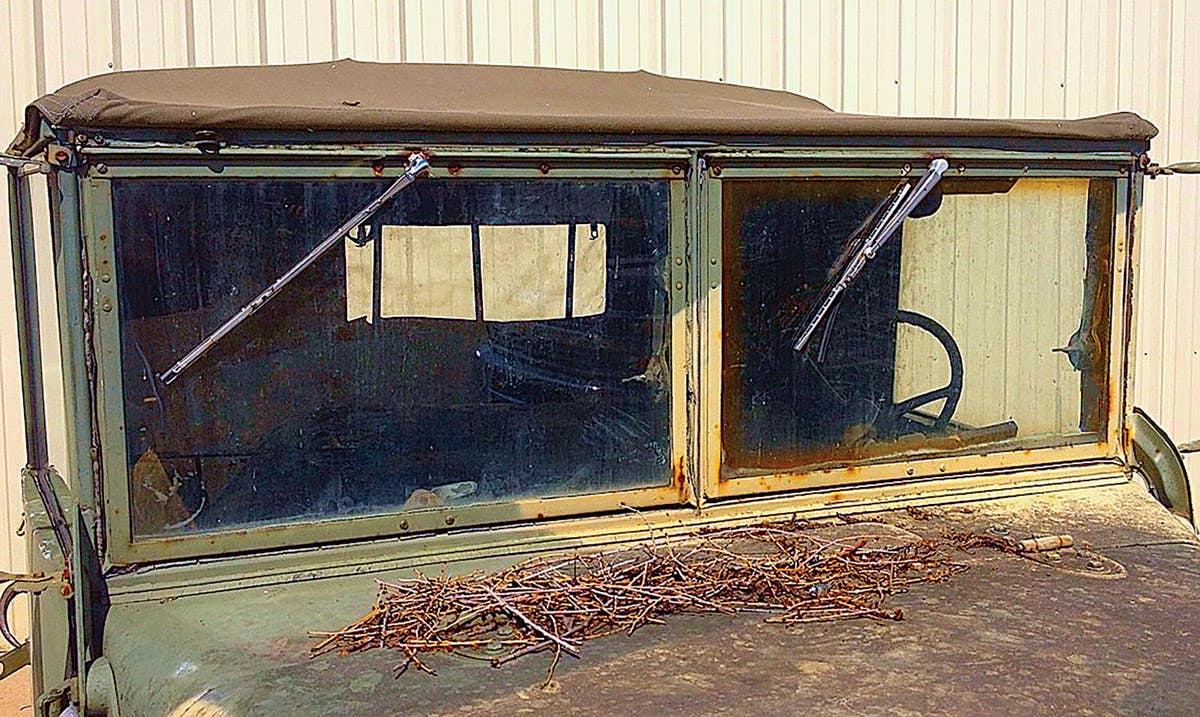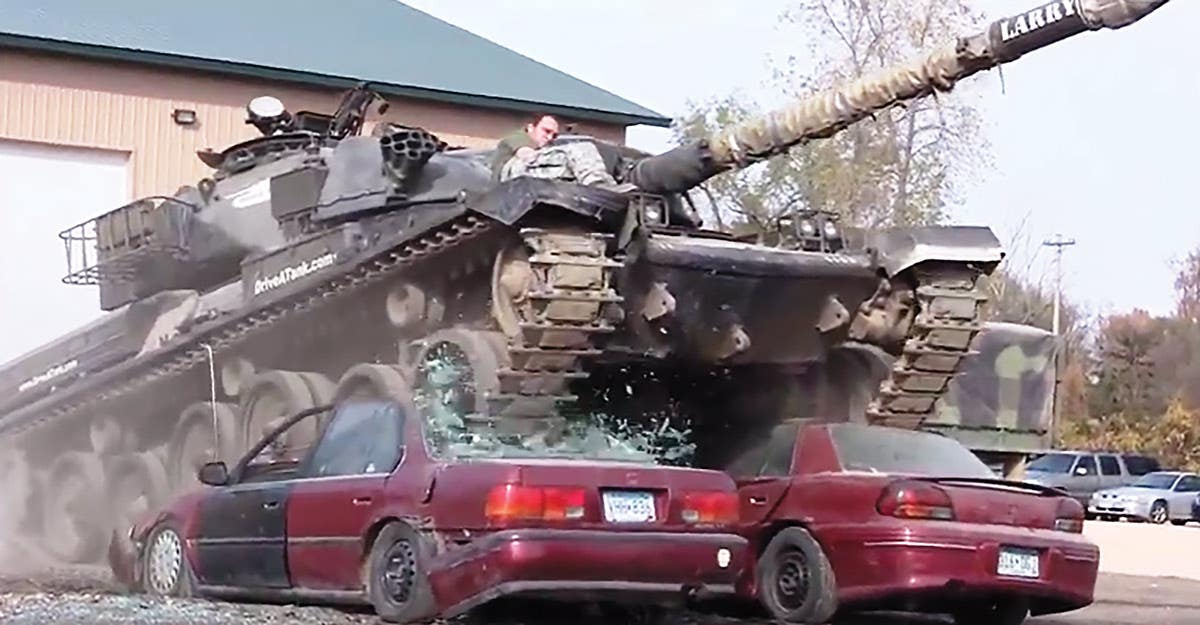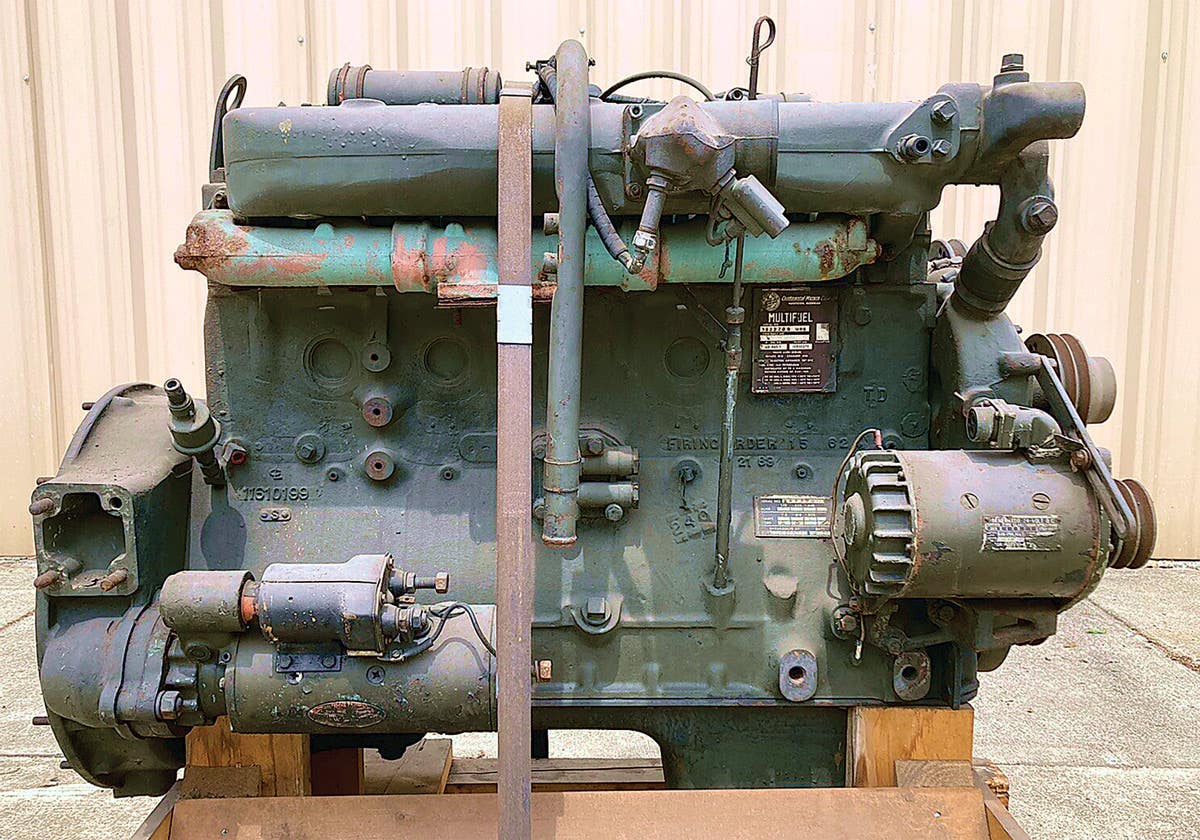Heavy Hookers: Trucks with ‘Hoist’
Tanks, jeeps and trucks are what most people think of when discussions turn to military vehicles. These are but a few of the broad range of vehicles fielded by the Army–past and present. Among the lesser-known vehicles are motor cranes.
Tanks, jeeps and trucks are what most people think of when discussions turn to military vehicles. These are but a few of the broad range of vehicles fielded by the Army--past and present. Among the lesser-known vehicles are motor cranes. Many of these cranes were also be design adaptable for use as shovels and draglines. While some may think of these as "lesser" vehicles used by the Corps of Engineers domestically and in rear areas for civil works, many of these vehicles, in fact, are found at or near the front lines, playing crucial roles in the army's advance. This installment of the Proving Ground will examine some of these vehicles at home and on at the battle lines. All photos, unless otherwise noted, courtesy of the U.S. Army Engineer School History Office.
Figure 1. This small but versatile crane was fielded during WWII. Its official title was "Crane, Truck-mounted, Gasoline engine-driven, 3/8 cubic Yard, Quick-Way Model E." This crane was mounted on a Coleman truck chassis powered by a Buda six-cylinder gasoline engine, while the crane power plant was an International U-9 four-cylinder model.
Figure 2. Here is a Quick-Way configured to operate as a shovel. Notice the large winch with windlass drums at either end mounted on the chassis' front. Beneath the winch is an unditching roller, reminiscent of those found on M3A1 Scout Cars and some half-tracks.
Figure 3. The Model E could be configured as a pile driver or, as seen here, a dragline. This new unit was prepared for shipment from Quickway's Denver facility. The truck chassis had four 10.00-20 tires mounted at the rear and two tires of the same size on the front axle. Two spares were carried as well.
Figure 4. The Model E typically pulled this trailer which carried the "attachments" for the crane--a 1,200-lb.pile driver, 3/8 cubic yard clamshell, dragline and shovel buckets.
Figure 5. A Quick-Way crane was also mounted on the Brockway 6-ton 6x6 chassis. The array of accessories duplicated those furnished with the Coleman-based trucks.
Figure 6. In order to accommodate the crane, considerable modification was made to the standard 6-ton 6x6 chassis, and to accommodate the boom, a half-cab was installed. Note the empty spare tire carrier behind the cab.
Figure 7. A shovel attachment could be mounted on the Brockway-mounted Quickway Crane. The truck was road-worthy with either the crane or shovel in place.
Figure 8. Cranes like this were often used by engineering units for bridging operations. The crane speeded the replacement of both floating and fixed bridge panels, while the shovel could be used to prepare approaches, and the pile driver for constructing permanent spans.
Figure 9. Another crane that saw front-line use during WWII was the "Crane, Truck Mounted, M2," 3/8 cubic yard Lorain Moto-crane. Assigned standard nomenclature list designation G-172, the crane was better known by its manufacturer's model number, MC-6x6.
Figure 10. The reason the Lorain was brought to the front is shown here. The crane was used in support of the Army's largest artillery--such as the 8-inch and 240mm pieces. In the background of this photo can be seen one of these gun tubes, still coupled to its prime mover. In the foreground, the battery's crane digs the emplacement.
Figure 11. Lorain, part of the Thew Shovel Company, continued to supply cranes to the military after WWII. After surplus disposal, the Lorain was useful without any modifications. Hence many were simply worn out, making these cranes hard to find in collectable condition today.
Figure 12. this FWD-based 10-ton crane was photographed in 1960. Despite the passage of almost two decades since it was built, the idea of a support trailer to transport the attachments had not changed.
Figure 13. An idea that carried over from WWII into the 1950s was that of mounting a crane on a standard 6x6 chassis. This 1955 Reo, factory equipped with a Quickway crane, was recently sold at auction. The shortcomings of such vehicles were teh lack of stabilization of the truck, and the relatively "soft" suspension of cargo trucks. Gene McCluskey.
David Doyle's earliest published works were occasional articles in enthusiast publications aimed at the historic military vehicle restoration hobby. This was a natural outlet for a guy whose collection includes several Vietnam-era vehicles such as M62, M123A1C, M35A2, M36A2C, M292A2, M756, and an M764.
By 1999, his writing efforts grew to include regular features in leading periodicals devoted to the hobby both domestically and internationally, appearing regularly in US, English and Polish publications.
In 2003, David received his a commission to write his first book, The Standard Catalog of U.S. Military Vehicles. Since then, several outlets have published more than 100 of his works. While most of these concern historic military hardware, including aircraft and warships, his volumes on military vehicles, meticulously researched by David and his wife Denise, remain the genre for which he is most recognized. This recognition earned life-time achievement in June 2015, when he was presented Military Vehicle Preservation Association (MVPA) bestowed on him the coveted Bart Vanderveen Award in recognition of “...the individual who has contributed the most to the historic preservation of military vehicles worldwide.”
In addition to all of publishing efforts, David is the editor of the MVPA’s magazine, History in Motion, as well as serving as the organization’s Publications Director. He also maintains a retail outlet for his books online and at shows around the U.S.







